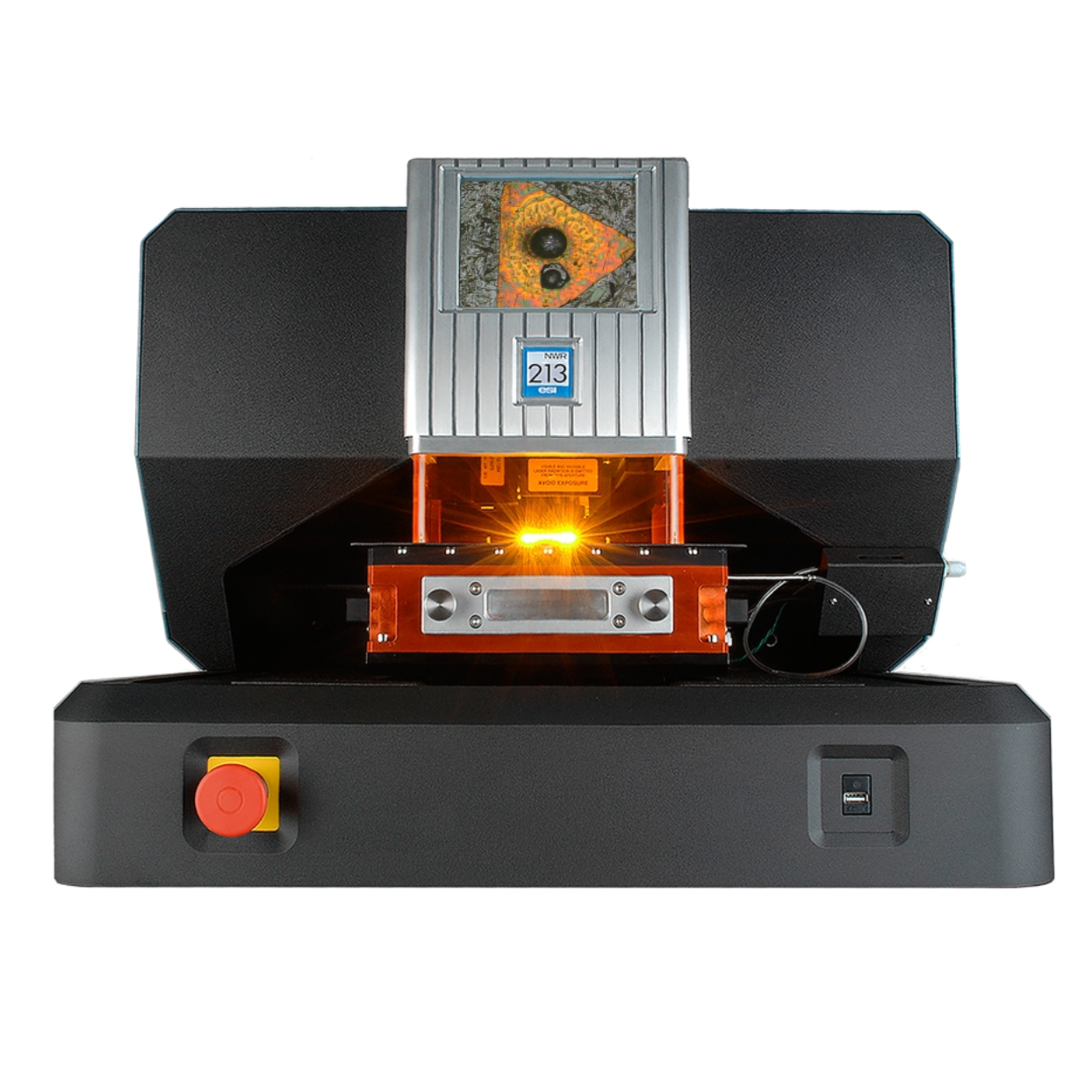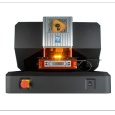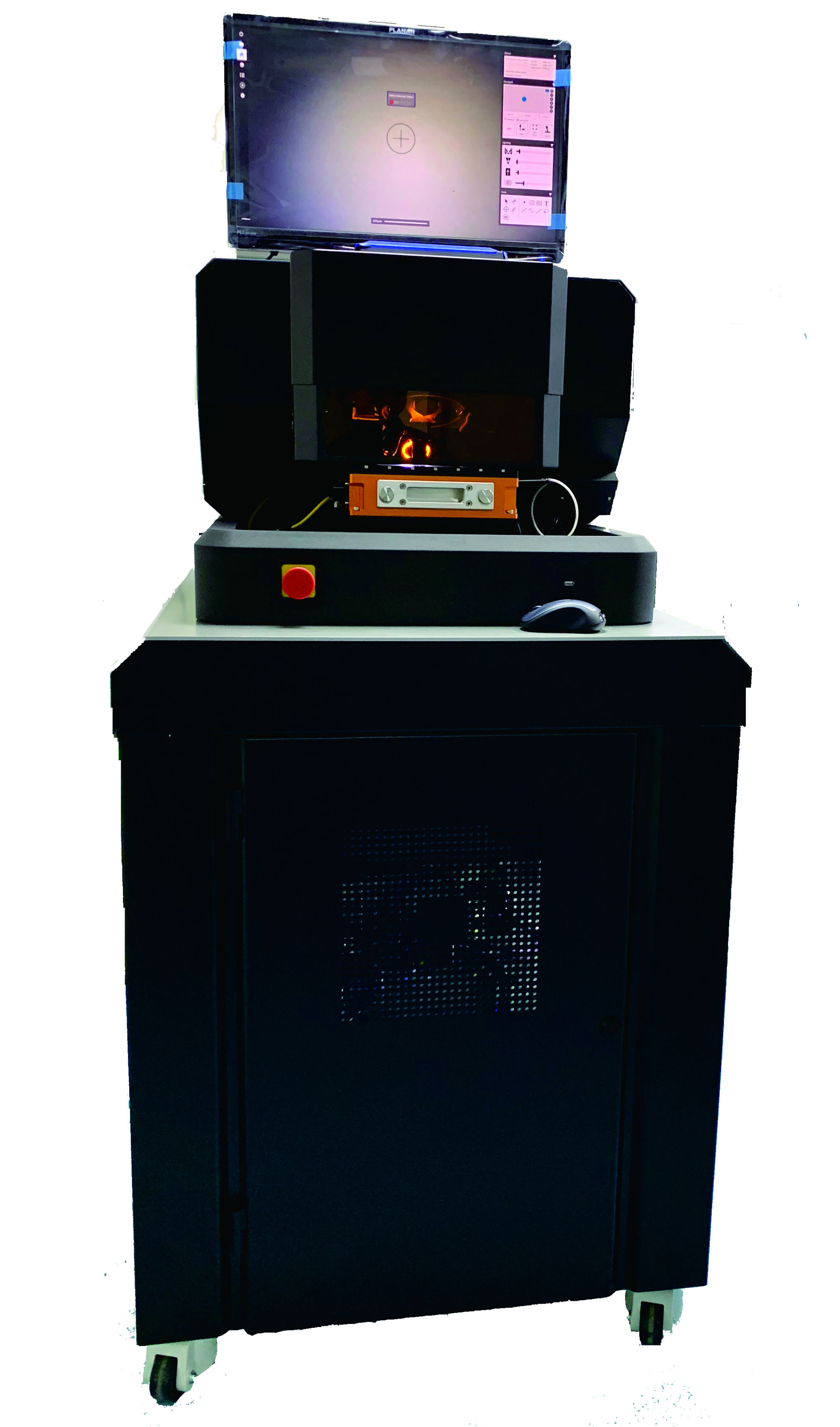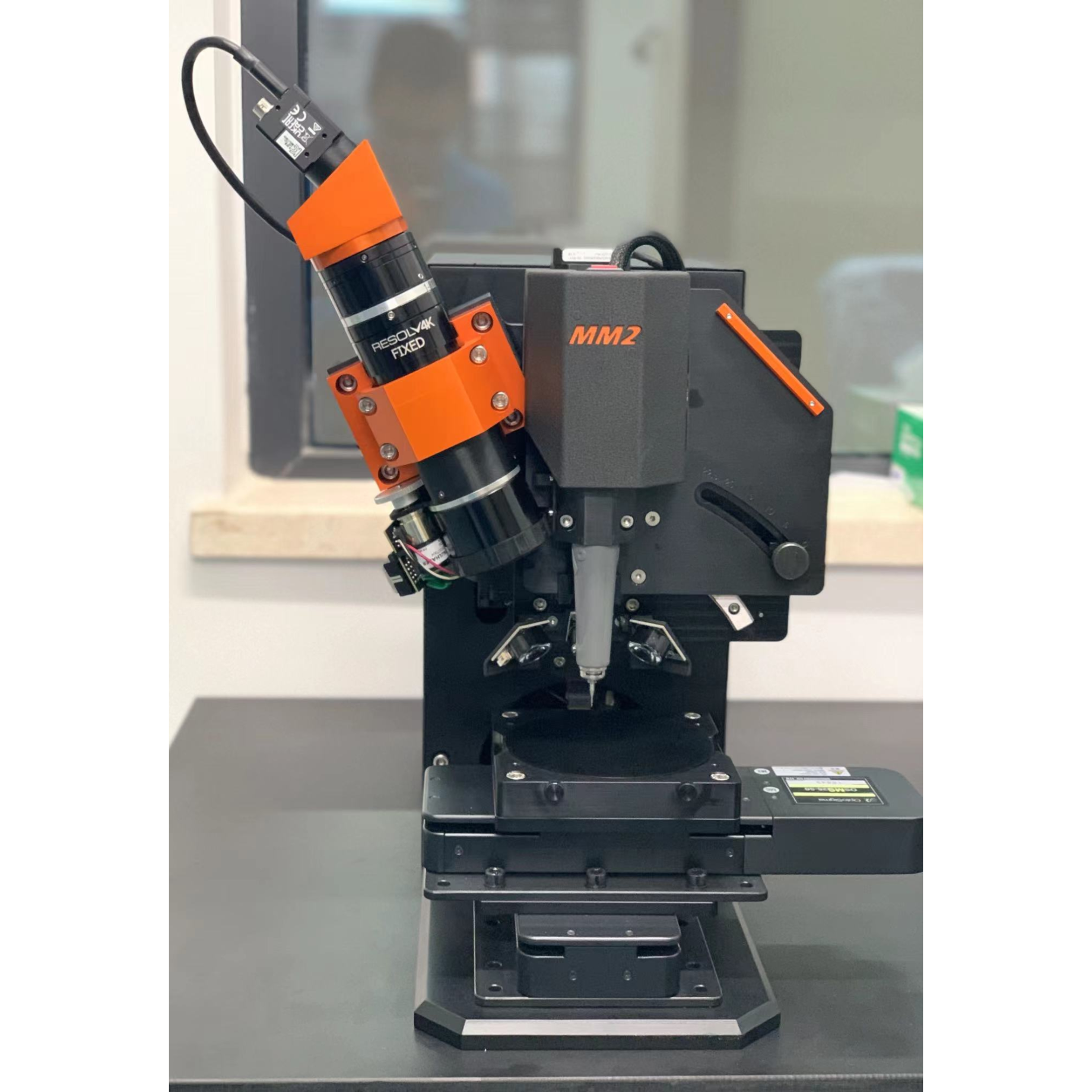使用激光烧蚀LA-ICP-MS对微小金属进行分析有着传统分析(火花直读光谱和XRF)无法取代的优势:可以进行极小金属分析,微小样品的局部分析,考古样品的分析,等等。分析数据*,可以大通量分析。
方案详情

Quantitative Analysis of SmallMetal Fragments by LA-ICP-MS Introduction A number of well-established techniques, including sparksource optical emission spectrometry (SSOES) and X-rayfluorescence (XRF), deliver accurate, precise and relativelyfast analysis of steels, typically providing analysis of anarea of several cm2. Both techniques require samples of acertain shape, a minimum size and particular surfacepreparation qualities. In most cases, analyses at the cmscale are perfectly acceptable and the provision of therequired sample geometry presents no problem. There are,however, a number of situationsinwhichtheserequirements can not be met: · Analysis of small features or inclusions ·Analysis of fragments / millings / turnings ·Forensic applications · Failure analysis of specific sample zones ·Composition changes-small sample areas Laser Ablation Inductively Coupled Plasma MassSpectrometry (LA-ICP-MS) is able to generate analysesfrom any size or shape of sample. This study shows thepower of the technique too analyse very small andirregularly shaped sample sizes, using certified referencematerials in the form of millings/turnings, as“unknown”samples. Calibration Instrument calibration was achieved using 8 flat geometrysteel setting-up samples (BAS UK), typically“certified” to 2or 3 significant figures. Pieces cut from all 8 samples weremounted together in the ablation cell (Figure 2). Ablation positionss were defined on each piece andcalibration data were acquired from all pieces in anunattended procedure. The samples included low-alloy andhighly-alloyed steels. Some elements varied from ppmlevels to high % levels (e.g. Cr). Fe content varied from 61%to 99%. In this challenging application, reference wasmade to aniinternal standard element (Fe) duringcalibration, but not during the analysis of samples. Closeattention was paid to the use of identical laser ablationconditions for all standards and all samples, to ensure thatinstrumentt rresponse was as uniform as possiblethroughout. Bulk Sample Analysis Having calibrated the instrument, the setting-up sampleswere re-analyzed as unknowns. As expected, analyticalvalues were close to the reference values, as may be seenin Table 1. Figure 1. Four calibration curves for trace-to-major element content. Al, Si andP were chosen as examples of “less easy"elements. Many alloying elementsshow the correlation illustrated by the Cr curve. All calibrations were linear -an important characteristic of mass spectrometry, compared with SSOES. Small pieces of a certified reference material (NBS) wereused to assess the ability of this technique to analyze verysmall samples. The largest dimension of each sampleturning was of the order of a few millimetres and thethickness was usually of the order of a few hundredmicrons (a couple of hair thicknesses). Figure 2. Eight BAS steel samples in the ablation cell A P V Cr Nb Mo Sn Sample Cert. LA Cert. LA Cert. LA Cert. LA Cert. LA Cert. LA Cert. LA A/8 .04 .04 .005 .01 .005 .001 .02 .03 01 N/D .005 .002 .005 .001 D/11 .019 .19 .01 .02 .12 .11 3.0 3.1 .05 .05 1.3 1.3 .01 .01 C/17 .05 .05 .07 .08 .42 .42 .18 .20 .02 .03 .11 .11 .06 .07 H/5 .20 .16 .04 .06 .33 .33 1.3 1.1 .11 .09 .42 .45 .03 .03 G/5 .005 .006 .03 .04 .06 .07 16.5 12.9 .005 .003 2.2 2.2 .01 02 E/4 .03 .04 .01 .02 03 .04 4.3 3.6 1.1 1.2 .97 .98 - .002 B/6 .01 .02 .005 .01 .01 .01 1.2 1.2 .005 .006 .20 .21 .01 .01 F/4 .005 .004 .02 .03 .05 .05 25.5 23.4 .005 .001 3.5 3.4 .01 .01 Table 1. Comparison of LA-ICP-MS values with certified values (bulk samples). All data % (w/w) SampleID AI Si Mn Ni Cr V Mo Cu Sn Ref .057 .625 1.11 .565 .96 .265 1.41 .24 .007 SS5Bulk Sample .065 .70 1.05 .61 .98 .25 1.28 .24 .007 S.D. .006 ..028 .057 .036 .052 .014 .073 .014 <.001 NBS Ref 1.55 1.80 1.03 1.15 - 一 二 D33 Sample .37 1.59 1.66 1 1.1 1.2 .003 .02 .09 .01 Milling S.D. .015)..017.030 .010 .011 <.001 <.001 .003 <.001 Figure 3. Steelturning (width~1mm) mounted on boric acid. For proper analysis, depth penetration rate and samplingtime should be coordinated to avoid penetration of verythin samples. The pre-ablation period was thereforelimited to a few seconds to pres erve the sample integrity. Small samples such as these require mounting to preventthem moving under the acoustic shock of each laser pulseand so they were presented to the laser chamber onpressed boric acid mounts. Preparation of the mounts wasvery simple. The turnings were placed in the bottom of acompression die and boric acid powder was added on top.This was compressed, resulting in a firm boric acid pelletwith the steel turnings exposed for ablation at one of itscircular surfaces (Figure 3). Summary Many small sample geometries may be analyzed by LA-ICP-MS with accuracy and precision independent of sampleform. Sample preparation is minimal and any shape ofsample may be simply mounted for presentation to thelaser sampling system. Acknowledgements Dr. Walter Grillo and Dr. Massimo GodanoFiat, Turin, Italy WWw.new-wave.com 全国统统客服电话:400033 5217 北京 广州 上海市浦东新区祖冲之路2277弄世和商务中心1号楼407室 电话:021-58955731, 北京市朝阳区安慧里四区15号五矿大厦515室电话:010-64981272,64987204 ( 广州市天河区珠江新城华强路3号富力盈力大厦南塔1209室 电话:020-38013654, ) ( 58955762/63传真:021-58955730 邮编:201203 ) 38013834 传真:010-58603880 传真:020-38013664 邮编:100101 邮编:510623
确定


还剩1页未读,是否继续阅读?
上海凯来仪器有限公司为您提供《微小金属碎片中金属微量元素检测方案(激光剥蚀进样)》,该方案主要用于其他中金属微量元素检测,参考标准--,《微小金属碎片中金属微量元素检测方案(激光剥蚀进样)》用到的仪器有ESL213 灵活的激光剥蚀系统
推荐专场
相关方案
更多
















